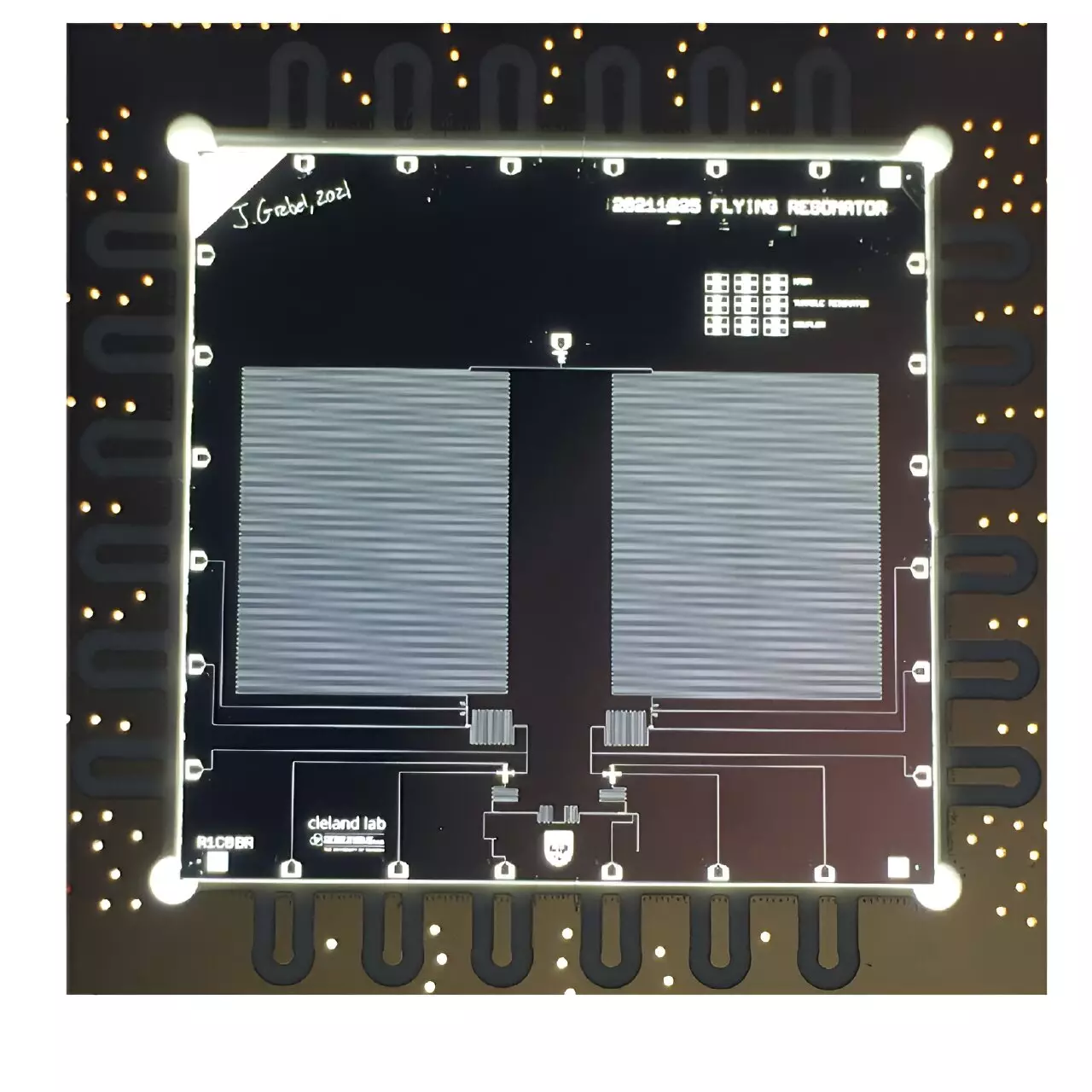In recent years, there has been significant progress in the development of quantum communication systems. These systems have the potential to revolutionize information exchange by enabling the transmission of quantum states between distant qubits. Researchers at the University of Chicago have introduced a new quantum communication testbed with remote superconducting nodes, which could open up new possibilities for efficient communication of complex quantum states. In this article, we will explore the study conducted by the researchers and the potential impact of their findings.
The recent study builds upon two previous research papers published in Nature Physics and Nature. In these works, the researchers demonstrated their ability to generate remote entanglement and send complex quantum states. However, these previous experiments involved sending quantum states one qubit at a time. The goal of the current study was to send complex quantum states representing multiple qubits simultaneously.
Resonators, devices that exhibit electrical resonance, have the capability to store very complex states that encode multiple qubits’ worth of data. In the experiment conducted by the researchers, two superconducting qubits were connected to tunable superconducting resonators. These resonators were then connected to a transmission line via a variable coupler. By loading the quantum state into a resonator and transmitting it through the transmission line, the researchers were able to increase the available bandwidth and send complex quantum states.
The system developed by the researchers allowed for bidirectional communication of quantum states. One superconducting qubit was used to program different quantum states into its companion resonator. The resonator’s state was then released into the transmission line, where it was transmitted as a set of entangled mobile photons. The other resonator caught these photons and its qubit analyzed the received state. This bidirectional communication system demonstrated the ability to transmit single microwave frequency photons in both directions, as well as the simultaneous transmission of multiple photon Fock states.
One of the key achievements of the study was the generation of entangled states between the two resonators. The researchers were able to generate entangled states with different numbers of shared photons between the resonators. This included the generation of the entangled state |10>+|01> with one photon shared between the two resonators, as well as the generation of the state |20>+|02> with two photons shared between the resonators. These results demonstrate the feasibility of highly efficient communication of more complex quantum states between two nodes.
The introduction of this quantum communication testbed could pave the way for further advancements in various areas. Firstly, it could be used to realize distributed computing, where each node in a circuit performs computations and efficiently communicates results to another node. Additionally, the testbed could be used to demonstrate systems in which two nodes share a complex state and perform distinct manipulations on this state. Furthermore, the platform has the potential to enable the efficient transmission of coded quantum information of significant complexity in a single transfer.
The development of quantum communication systems using superconducting nodes is an exciting advancement in the field of quantum physics. The recent study conducted by researchers at the University of Chicago showcases the potential of bidirectional multiphoton communication using remote superconducting nodes. Their findings pave the way for the efficient communication of complex quantum states and open new avenues for future research in distributed computing and quantum communication. As advancements in quantum technology continue, we can expect further breakthroughs that will shape the future of communication and computing.


Leave a Reply